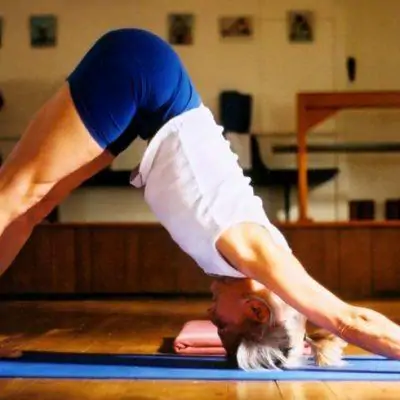Introduction
This session is a little shorter than usual, where we take time to settle into a few quiet postures to prepare for pranayama. It is a simple sequence and a simple pranayama class, which means we can observe ourselves more closely to reduce unwanted tensions and imbalances.
Start in Supta Baddha Konasana with a bolster or blankets. Take 4-5 minutes to just watch where your mind is, your normal breath, and how observant you are at this stage. Bring your attention to the chest, and notice how lifted and open the sides of the chest and central rib cage are.
Simple cross-legs forward, focussing on spreading the area from the neck to the shoulders, reducing tension in the trapezius and head area.
Uttanasana with feet as wide as the mat, to create stability and steadiness as you release the spine and side chest downwards.
Adho Mukha Svanasana, repeated twice and holding for a little longer, observing the legs, the arms and the length in the spine. Notice how the breath starts to slow down.
Now go to Prasarita Padottanasana, with the crown of the head resting on the floor or a folded blanket, according to your access in the pose. Keep the legs straight as you extend the trunk towards the floor. With the head supported, the mind becomes more still and our nerves continue to quieten.
Cross bolsters, set up as for Viparita Dandasana. Take extra height if you have enough equipment to get a fuller opening in the chest. As a minimum, set up folded blankets under the lengthways bolster, feet to the wall. If you have two bolsters or extra blankets, use them here.
Setu Bandha Sarvangasana, over a bolster plus two blankets to get space in the armpit chest and top torso. This pose also facilitates the spreading of the diaphragm, a good preparation for pranayama.
Savasana, lying over two half-folded blankets with an extra blanket for the head. Today we have positioned the support to start from just below the shoulder blade tips, in order to open the back of the sternum and the front “eyes of the chest.”
Start to observe your normal breath, and let it gradually deepen and become more conscious.
Set up for sitting in simple cross-legs, with a folded blanket or two under the buttocks, and a half-folded blanket over the thighs to rest the back of the hands on. This helps to keep the shoulders and neck soft, whilst holding the length in the spine.
Start in Ujjayi, first with a deeper exhalation and then add a deeper inhalation. Watch how the eyes tend to tense during inhalation. Keep the face, the facial skin, and muscles soft even as you inhale. That will create your restraint and can help us find inner quietness throughout the pranayama breaths.
After some cycles, bring the head up and change the cross leg.
Now you will be doing a deeper inhalation and Viloma exhalation, exhaling in stages.
After some cycles, change over to Viloma inhalation, three or four cycles, keeping the eyes soft and the skin of the face descending towards the mouth.
Lie out for Savasana, and observe that the breath is often quite slow and steady. This allows the nerves to settle and can create a quieter, internal experience in the pose.
View sequence
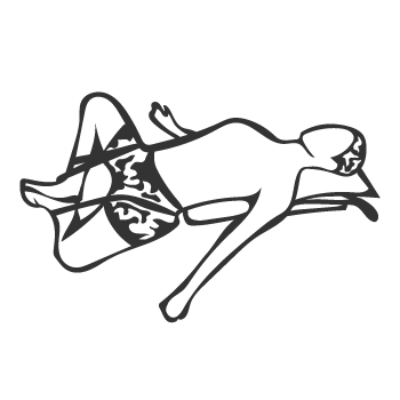
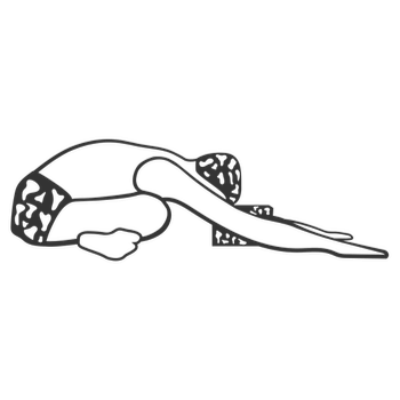
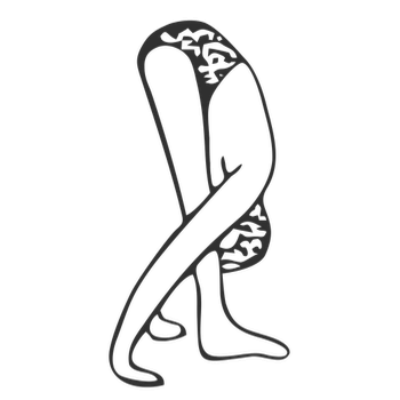
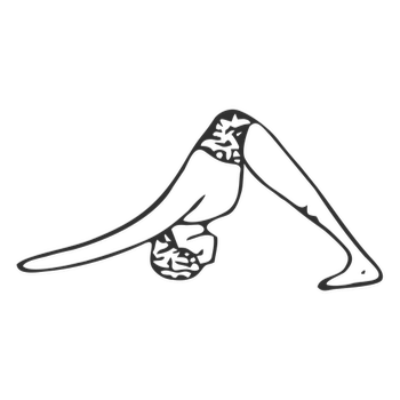
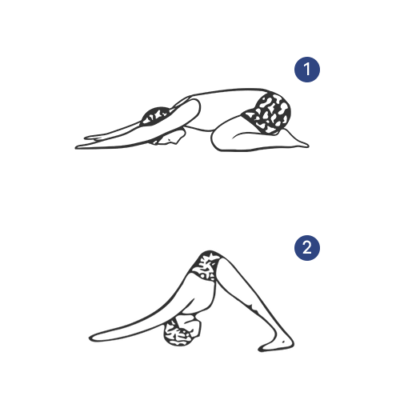
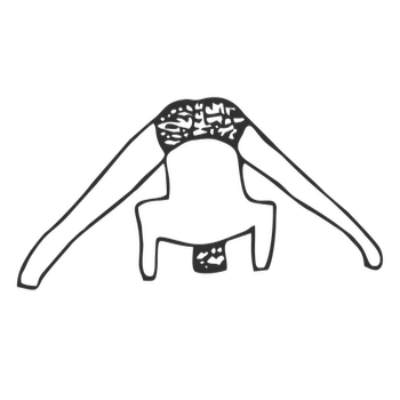
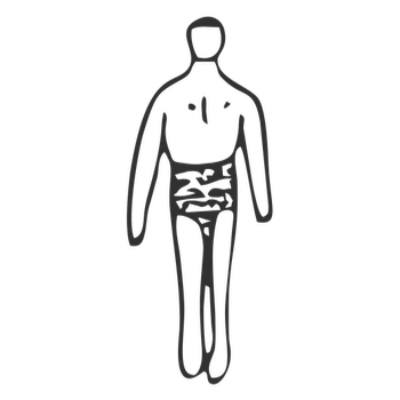
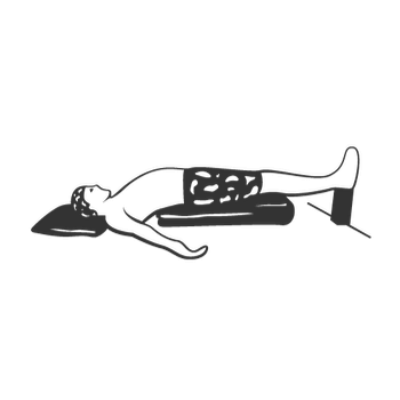
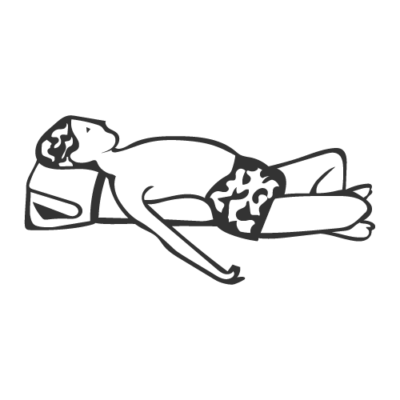

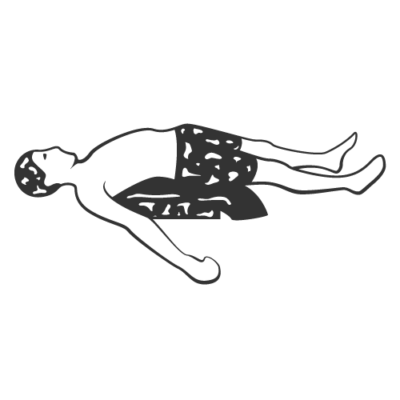
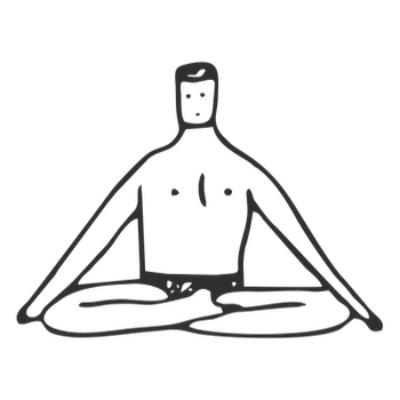
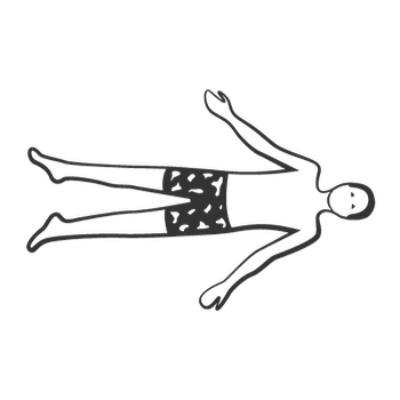
Share
Save PDF and print
You are welcome to download the PDF of the sequence and print and distribute it freely. You may have to wait up to 30 seconds for the PDF to generate. Please credit the teacher who created it. All illustrations from Dona Holleman’s ‘Yoga Darśana’, RIMYI Institute texts and Yoga Vastu illustrators for original asana drawings.
